
The Journey of a thousand miles starts with a step
The initial plan was to travel to at least seven African countries in the space of 3 weeks. In as much as I had a limited time and budget for this journey, I was also perturbed by the several challenges I’ve read online about getting visas to most Central and Southern African countries. In any case, I decided I would take the bull by the horn by applying for the visas for some of those countries. I started with Zambia, and then Zimbabwe which were both turned down after a day and seven days respectively.
It is an understatement to say I was disappointed with these visa denials. Why would they deny me? What is the justification? What did I not include? Or is it just because of the passport I was using or any other thing? It was at that point I recalled the story of a Nigerian friend of mine who even though he works for a multinational cooperation which operates both in Lagos and Lusaka, always had to pay a whooping sum of $250 for a business visa to Zambia which normally would cost less than a $100.
“But they claim they are Christians and a Christian nation? Where are Christian virtues?” With these questions I queried why they would turn down my application which I had paid $50 for. My friend rightly informed me that public officials in Zambia like their immigration and police are very corrupt and also have a dislike for Nigerians and the Nigerian passport. Travelers from Nigeria and Zambia before now, do not require visa to visit each other but with recent developments, the Southern African nation had tightened up her borders to Nigerians. In any case, I would have to apply another time for the visa…making sure I have a compelling reason of which they must have to oblige my visa request or I would do like my friend who must pay more than twice the official amount to get his visa request approved.
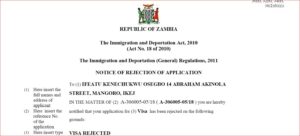
The denial from Zimbabwe was shocking. The landlocked Southern African nation has no reason at all to turn down my visa application. The saddening aspect of this was that no reason whatsoever was given for the refusal. Another $45 wasted and the eighth nation refusing me visa application without a good reason! In fact, I was very mad and wondered why it is easier to get visas for European countries than Africa. In any case, I learnt from a Zimbabwean friend I would meet later during the journey that the Zimbabwean Immigration have some internal policies that restricts the number of visas they issue to Nigerians – they on the average, grant two out of a requested for ten visas. This of course has a lot to do with the conduct of some Nigerians abroad. This whole thing played down on my excitement for the journey – I was about considering just going to Europe (Portugal and a few other countries in Europe) for a tour after a visit to South Africa but I recalled a goal I had set earlier in the year to visit more than one third of all the countries in Africa before the end of 2018.
The visa applications to Gabon and Equatorial Guinea had a mild effect. The only thing I wasted during the application processes was my time and may maybe a little cash on transport to the Embassy. Gabon only required I apply for a visa online after which I am given an online approval or a rejection for the application. This I did and only got a response somedays after I had commenced this journey, almost 7 weeks after the application. The response as expected, was negative but the different thing from the other rejects was that they notified me the reason it was turned down was because I did not specify a hotel reservation. Something that was not requested for during the application.
Equatorial Guinea was also a bit easier as I had to visit their consular office in Lagos for my application. It was so spectacular as the day I visited was on my birthday. Even though some of the Nigerian officers who worked there at the consulate of whom when I explained my reasons for wanting to visit, were happy and spoke to the consular officer about my application. This application or rather a visitor’s request to meet with the consular officer which was handed over to the Nigerian officer was returned to me with a ‘Cancelled’ stamp on it. The chief consular officer advised they do not issue visa to tourists yet. What a birthday gift that was. I had shared this story in an earlier blog.
I also had put it in a lot of efforts to travel to Congo. I was particularly interested in travelling to Lubumbashi, which happened to be capital of the Katanga region. I had read about the War of Katanga and I had really wanted to find out from the people what the war was like. I read and saw different stories from different sides of the war which vilified each side. My goal was to find out stuffs for myself and do a documentary on the whole exercise. With all these excitement, I was told at the embassy I had to pay a whooping Seventy Thousand Naira for the visa and also have to pay another Thirty Thousand Naira if I do not have anyone in Congo who can write me a letter of invitation to come to Congo. This additional sum was for them to help me get someone that can help me write the letter and send it for my visa application. I made a lot of effort to reach a number of friends in Congo but I noticed they serially backed out either because they are not very sure of why I wanted to visit or because their stay in Congo is not properly documented. Even some of my Congolese friends who I thought could help noted the letter I was asking for could only be given in Kinshasa only and not anywhere else in Congo. I had to forget about this other country too as I learnt about lots of things that could hinder my free movement in the country and Ebola scare. To worsen issues, when I called the consular office in Abuja to verify the information I was given in the Lagos office, they told me I had to come down to Abuja, instead of Lagos for the application. This would imply additional cost on me. I had to let go!
With these massive rejections of my visa applications, I was only left with South Africa of which I had already obtained the visa (I was not successful the first time I applied for the visa two years ago). I also was left with Mozambique which had a visa free agreement with Nigeria. These are the two Southern African nations I would be visiting on my trip. I then decided visit to Nigerian Eastern neighbors – Chad and Cameroon. In between these Central and Southern African countries, I planned to make a stop in the Eastern African country of Kenya where I would be joining some friends at a youth event in Nairobi. These were somewhat going to be fun…especially Kenya, which I was once rejected visa and sent to jail on arrival when I visited for the first time.
Preparing for the journey was simple – except of course, I had to be sure I have enough money to fund the trip. I needed a life-jacket, two sweaters, shorts and a few other things. I got a rechargeable power bank for powering my phone, my camera and an additional zoom lens. I wanted to take some books but told myself I will buy some books – I eventually bought only one which I never read during the journey.
Plans:
I planned the journey thus: Travel to Calabar. Explore the Slave Trade Museum in Calabar, then proceed to Cameroon on a speed boat the next day. I also planned spending sometime in Douala before traveling to the war ravaged Buea to climb the Mount Cameroon. Tour Yaoundé and some northern provinces before continuing to N’Djamena in Chad. I planned spending a day or so in Chad because I heard that the capital is the second most expensive city in Africa after Luanda in Angola. From N’Djamena, I planned to proceed to Nairobi, where I would leave after the next day if it were possible to Beira in Mozambique. Would spend some days in Mozambique to improve on my spoken Portuguese before I finally move to Johannesburg where I would end my journey.
Leaving Lagos:
“Sir, I was wondering if I could get a ride from you to town…”, I asked. ‘Sure, no problem’ he responded. Boss Too as I choose to call him and myself were travelling to Calabar together on the same airplane that afternoon. When I was making the booking for that flight, I had wrongly selected a seat I assumed was the emergency exit but unfortunately, it was the seat just before the emergency exit. This seat could not be adjusted or reclined and was very tight. It was when I attempted to take a nap, squeezed in those seats like canned fish that I complained the seats were too tight. Boss Too then advised me to endure since we would be in Calabar soon. This sparked some conversation about aviation in Nigeria, Africa and politics. He asked of my profession which I explained to him and he told me his occupation too. It was during the discussion I learnt someone was waiting to pick him up to town and hence my request. Boss Too dropped me off at the Calabar Museum. Thank God for the free ride.
Being in Calabar once again was a great experience. I had arrived Calabar the first time eleven years ago when I came to do a compulsory one year NYSC program. I had a nice time then and was looking forward to having another one on the present trip. Driving through Marian Road, Ndidem Usang Iso Road, Murtala Muhammed High Way and several other places of interest was fun. Nothing has changed much at the Watt Market as well since 2007. From where Boss Too dropped me, I decided it was better I went Marina Beach, to see the Slave History Museum as there were not much to see at the Calabar Museum.
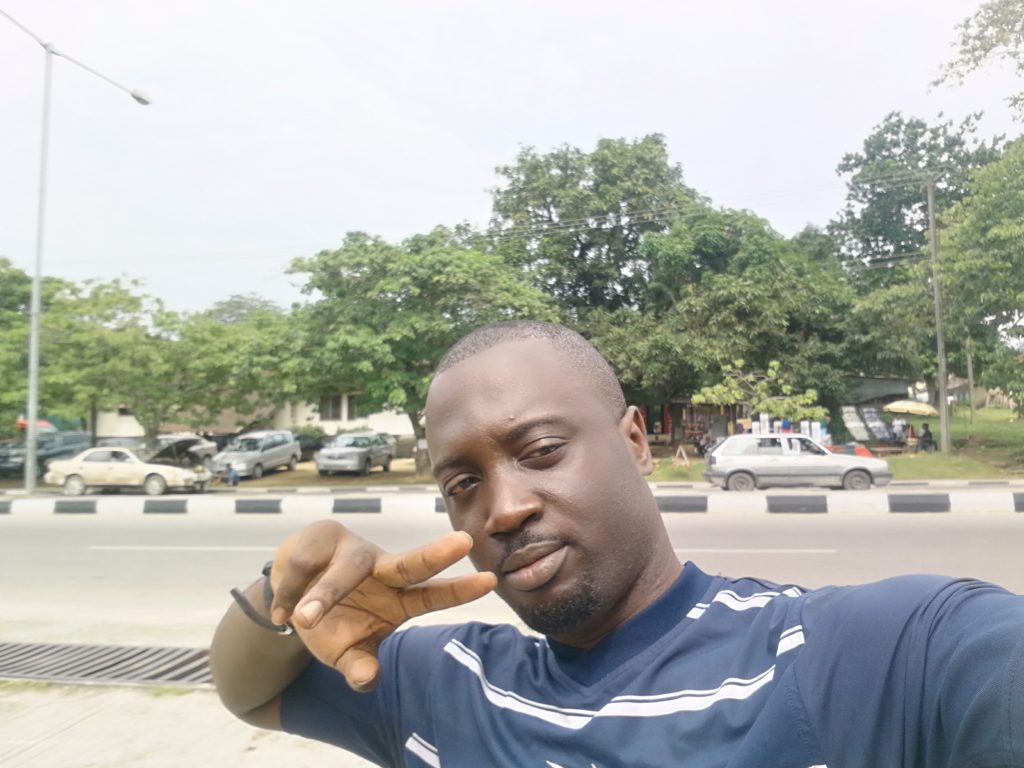
The Marina Resort Slave History Museum:
Walking down to the Marina Resort to from the Calabar Museum brought back lots of old memories of Calabar. Memories of how I wanted to live in Calabar to do business eleven years ago. It was just too funny how with the years, my priorities have shifted from the business I had in mind doing then to other things am involved in doing now. On arrival, I was asked to wait since I was the only tourist around. They needed at least three tourists to commence a tour of the Muesum. I however requested to do the tour without a guide which they turned down. I made a 200 Naira registration for the tour and we commenced shortly when a few other tourists showed up.
The Tour:
A total of four other tourists arrived joined us for the tour. “Jesus! I can’t stand this!” One of the tourists exclaimed as he rushed out of the first room we went into. In that room was an oeuvre which showed the 17th century depiction of the section of a ship with slaves in transit to Europe. The slaves were lying on their back facing up and were laid side by side each other without enough space to move. The head of each slave in the row was placed on next to the legs of another and then another head of a slave and this pattern was repeated throughout the row. At the sight of this artwork, one of the tourists who said he was a soldier screamed and rushed out of the room saying he can’t stand the sight of these. Those sights were very terrifying and dehumanizing.
We continued on the tour and two other tourists joined our group eventually. There were lots of interesting things to see and hear. we saw pictures and artwork of black slaves working in the farms in Europe, there were different artworks showing the different eras of civilization in Nigeria – The Arochukwu, Benin, Noks and lots of other civilizations in Africa.
A section of the Museum discussed the contribution of some of the kings and monarchs in the region who were slave traders and perpetuated slavery. Another side also talked about some very prominent and intelligent African slaves who instead of using their influence to attract wealth to themselves, sought for its abolition. The likes of Olaudah Equiano, who was born Igbo and sold into slavery and Francois Dominique who was born in the Goree Island and was sold into slavery as well. The former worked hard to earn his freedom, campaigned to stop slavery and even documented his experience through his writings. (In fact, the I bought his book that was displayed in the Museum after the tour.) The later Francois was black general and fought for the freedom of Haitian slaves and black slaves generally.
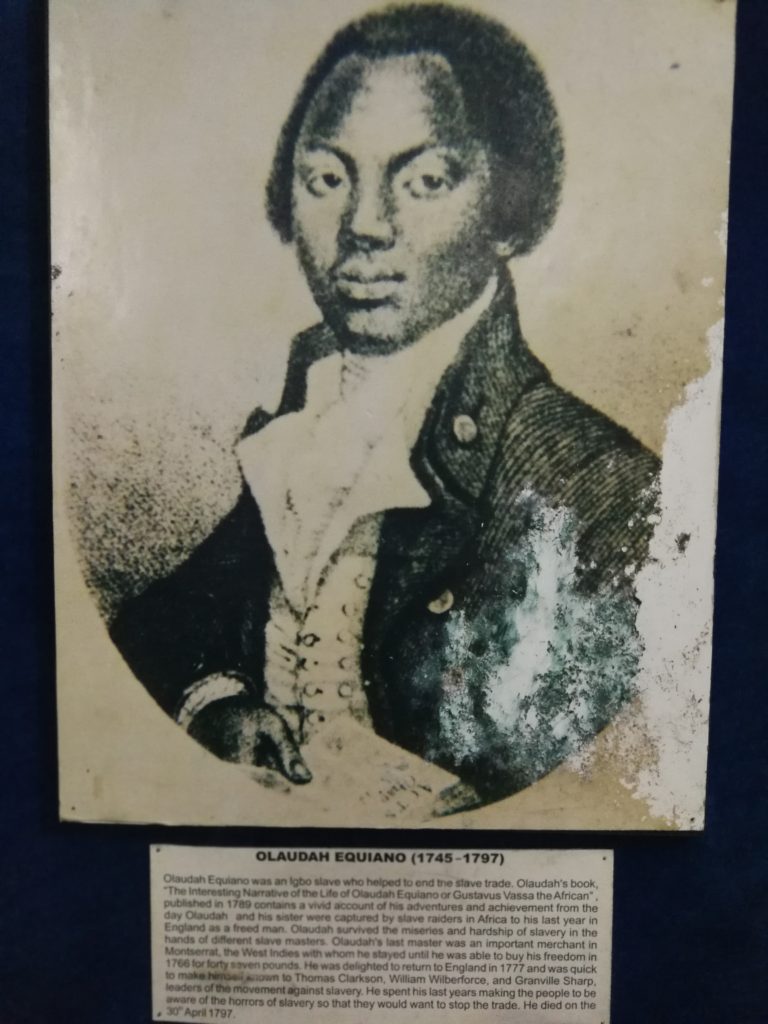
There was also a table that showed the number of African slaves that were moved to England and the year they were moved. This showed a lot but most notable was the fact that the Bight of Biafra has around 33% of all the slaves that were taken from the rest of Africa. This is because, according history, slaves from this part of Africa were very ambitious and hardworking. They were preferred to other slaves from Africa.
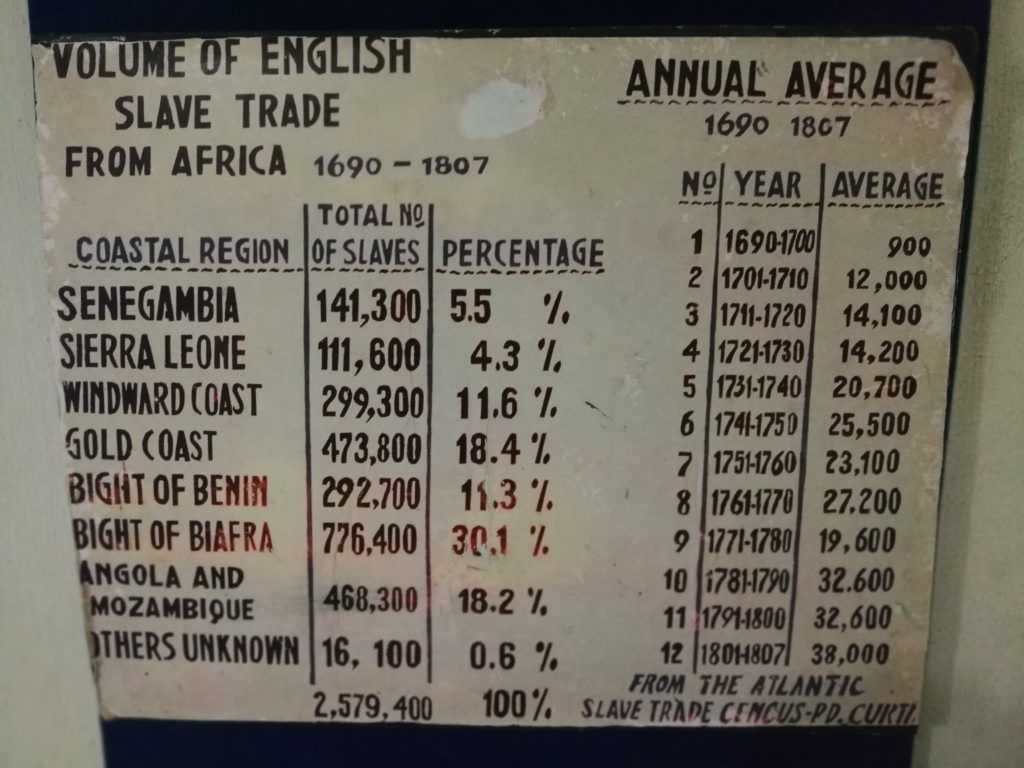
The tour was quite interesting and sad. The tour guide noted that when slave trade was abolished, blacks and whites alike who were involved in the business were sad by the development. There was also stories of the Arochukwu people who resisted slavery and there were lots of gory illustration of their punishments and eventual execution by the Europeans. There was also the story of Esuk Mba Slave Market which still exists in the Esuk Mba Community, Akpabuyo Local Government Area of Cross River. The market which happened to be a slave market hub in the 18th century still exists and people trade by barter at the market till date. The trade by barter transactions in the markets happens every Saturday from 7am to 10am at which time the traders switch to the normal buying and selling.
We rounded off the tour and the tour guide suddenly became friendlier of which I knew it was because he wanted some additional cash for himself. The laws never permitted me to take pictures and during the tour when I attempted to shot, he would warn me it was not allowed but he somehow asked me to take a few shots secretly, hoping that would make me give him something. I did take a few shots of course and tipped him for a bottle of beer after which left to see my friend Lanre who had arranged a place for me to rest that evening. Lanre, whom I last saw almost two years ago was happy to see me after such a long time. He took me out for supper and introduced me to his colleague Josh, who gave me his residential apartment at the airport quarters where he worked to sleep for the night. It was just an amazing Day 1 of the Trip.
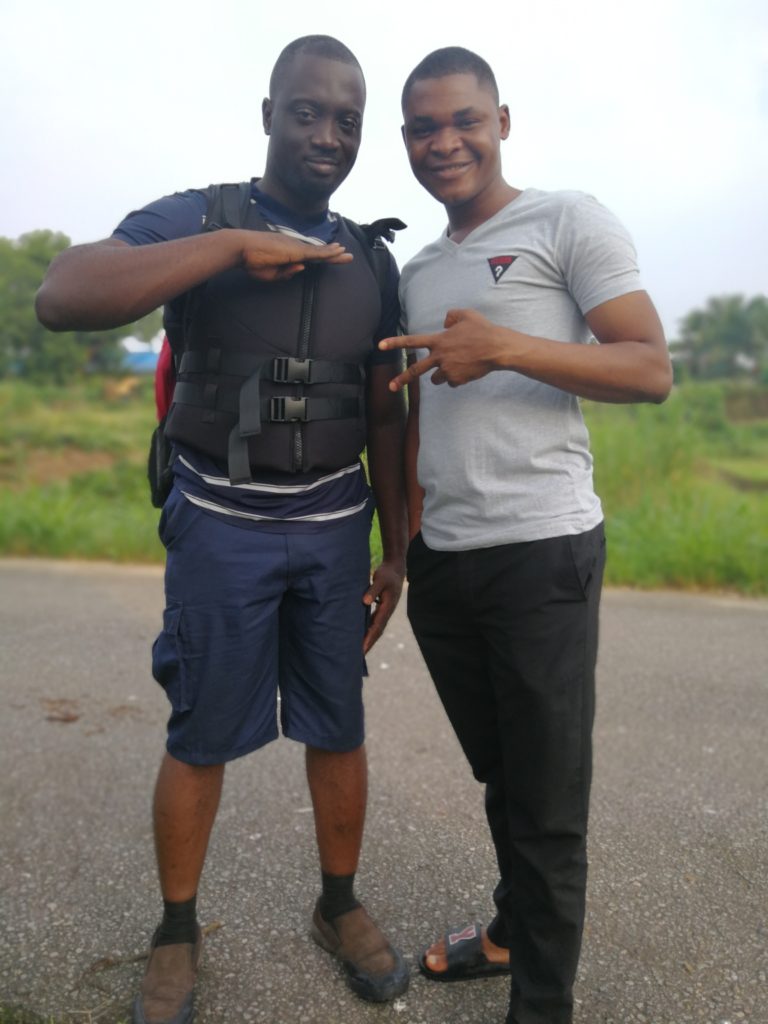

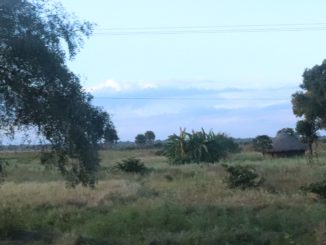
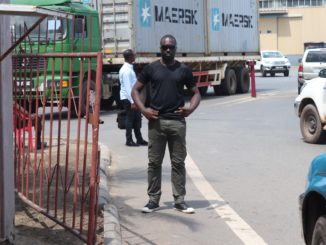

Be the first to comment